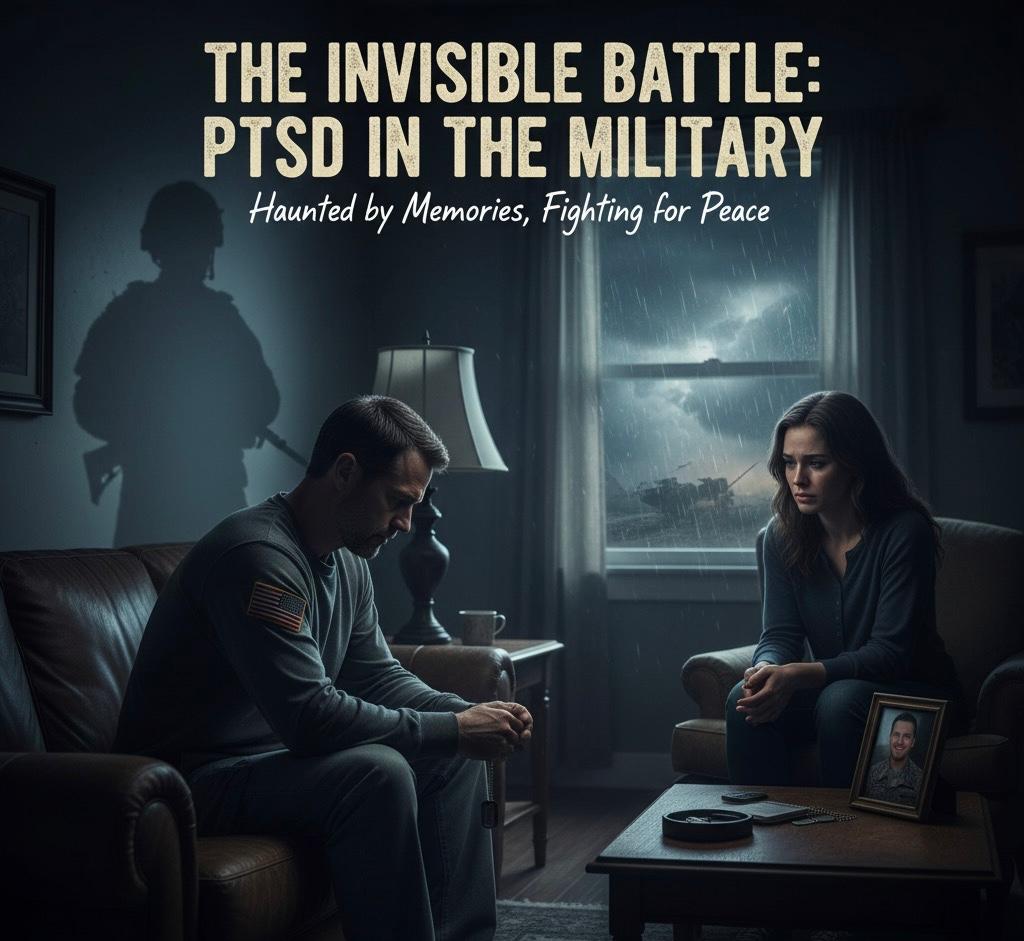Hoarding Disorder (HD) is a complex mental health condition characterized by persistent difficulty discarding possessions, leading to clutter that disrupts living spaces and daily functioning. While hoarding behaviors are observed across genders, research indicates nuanced differences in prevalence, manifestation, and comorbidities between men and women. This article explores these gender-related aspects, drawing on scientific studies to provide a comprehensive understanding.
Keywords: Hoarding disorder, Women and hoarding disorder, Gender differences in hoarding disorder, Emotional attachment in hoarding, Hoarding disorder in women, Why women hoard more, Trauma and hoarding, Cultural expectations and hoarding, Symptoms of hoarding disorder, Causes of hoarding disorder
Prevalence of Hoarding Disorder
Studies suggest that HD affects approximately 2% to 6% of the population, with similar rates among men and women (American Psychiatric Association, 2021). However, some research indicates a slightly higher prevalence in males, though further investigation is needed to confirm this trend (Our Mental Health, 2024).
Gender Differences in Manifestation
While the overall prevalence of HD may be comparable between genders, the manifestation of hoarding behaviors can differ:
- Acquisition Patterns: Women are more likely to engage in excessive acquisition, acquiring items that are not needed, which can exacerbate clutter (Counseling.org, 2015).
- Comorbidities: Women with HD often present with higher rates of social phobia, post-traumatic stress disorder (PTSD), body dysmorphic disorder, and impulse control disorders like nail-biting and skin-picking. In contrast, men with HD are more likely to have tics and generalised anxiety disorder (Oxford Academic, 2014).
Psychological and Cultural Factors
Several factors may contribute to these gender differences:
- Emotional Attachment: Women may develop stronger emotional attachments to possessions, viewing them as extensions of their identity or as sources of comfort, which can make discarding items more challenging.
- Cultural Expectations: Societal norms often place greater emphasis on women to maintain orderly homes, potentially leading to increased stress and hoarding behaviors as a coping mechanism.
- Trauma and Loss: Women with HD frequently report histories of traumatic events or significant losses, which may trigger or exacerbate hoarding behaviors as a means of coping with grief or instability.
Implications for Treatment
Understanding these gender-specific factors is crucial for developing effective interventions:
- Tailored Therapies: Therapeutic approaches should consider the unique emotional and psychological experiences of women with HD, addressing issues like trauma, emotional attachment, and societal pressures.
- Comorbidity Management: Treatment plans should also address co-occurring conditions such as anxiety disorders, PTSD, and impulse control disorders to provide comprehensive care.
Conclusion
Hoarding Disorder presents differently across genders, with women exhibiting distinct patterns of acquisition and comorbidities. Recognizing these differences is essential for clinicians to provide gender-sensitive assessments and interventions, ultimately improving outcomes for individuals affected by HD.
References
- American Psychiatric Association. (2021). What is Hoarding Disorder? Retrieved from https://www.psychiatry.org/patients-families/hoarding-disorder/what-is-hoarding-disorder
- Counseling.org. (2015). Hoarding Disorder: A New Diagnosis in the DSM-5. Retrieved from https://www.counseling.org/docs/default-source/practice-briefs/hoarding-disorder-a-new-diagnosis-in-the-dsm-5.pdf?sfvrsn=9956271a_1
- Our Mental Health. (2024). Hoarding Disorder by Country: Global Prevalence and Trends. Retrieved from https://www.ourmental.health/hoarding-disorder/global-prevalence-of-hoarding-disorder-across-nations
- Oxford Academic. (2014). 3 Phenomenology of Hoarding. Retrieved from https://academic.oup.com/edited-volume/34465/chapter/292416722
How to get in touch
If you or your NDIS participant need immediate mental healthcare assistance, feel free to get in contact with us on 1800 NEAR ME – admin@therapynearme.com.au.







